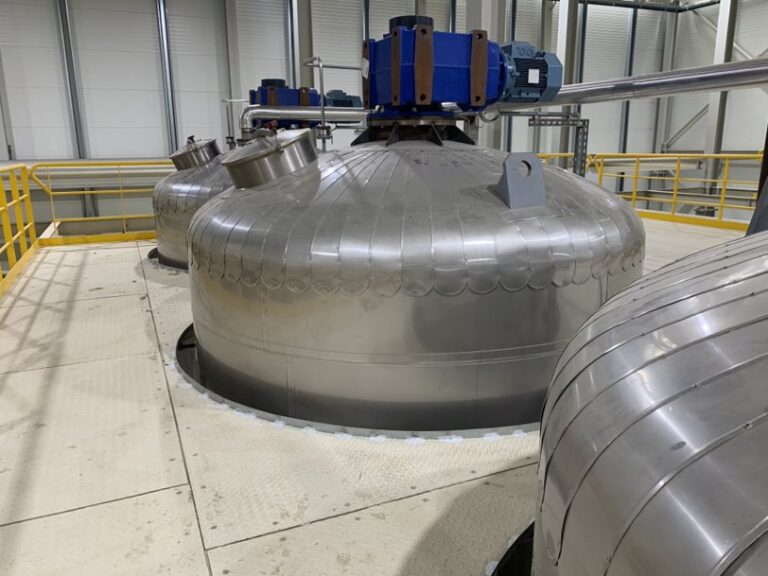While filtration purifies the oil, it can be refined further to improve its quality.
Filtered oil contains various impurities such as phospholipids, wax, pigments, and volatile particles. So, the oil is further refined to remove these impurities and imbibes the oil with qualities such as light color, clear appearance, bland flavor and odor, and the ability to withstand oxidation and high heat (frying).
Oil refineries are designed to process different types and qualities of the oil.
UEC is offer Complete Plants and equipment for both physical and chemical refining of crude oils. The Refineries are offered as a batch or continuous processes, achieving a high-quality product in each case.
The refining process consists of four steps
Batch plants refine smaller quantities of oil (<50 tons per day) than continuous plants. The capital investment is lower as compared to than continuous plants, but the process losses are slightly higher. We are proud to offer equipment for all these processes. Let us see these in more detail.

During bleaching, acid-activated or natural clay minerals (bleached earth) are added to the oil to adsorb pigments such as chlorophylls and carotenes and to decompose hydroperoxides. The bleached earth is added to the oil at high temperature and low pressure, which causes it to absorb the impurities. Later, the mixture is pumped into a filter.
The filter releases the oil while the bleached earth with the impurities falls off at regular intervals. At the end of this process, the oil has turned transparent (depending on the quality of incoming oil and the amount of bleached earth added). We offer bleaching equipment capable of processing 25 to 100 Tons Per Day of Oil
Degumming is undertaken to remove phosphorous from oil. The phosphorous is bound to phospholipids which burn and attach to heating surfaces at higher temperatures, releasing a noxious smell. Filtered oil contains two types of phospholipids – hydratable and non-hydratable. The addition of phosphoric or citric acid turns the non-hydratable phospholipids turn hydratable phospholipids.
Later, water is added into the mixture to hydrate the hydratable phospholipids and turn them into agglomerates called flakes. The flakes can be removed via centrifugation. Degumming is always the first step in crude oil refining and may be performed in tow with the neutralization of free fatty acids by adding sodium hydroxide solution. We offer degumming equipment that can process 25 to 100 Tons Per Day of Oil.
Deacidification (or deodorization) removes impurities that impart unwanted taste and smell to the oil. The removal of such substances (aldehydes and ketones) is necessary because, at high temperatures, they turn volatile and stain the surrounding surfaces. These impurities also have a low threshold for detection by taste and smell. The volatile contaminants are removed through steam distillation at low pressure (2-6 mbar) and high temperature (180-220°C).
Here, the oil is first heated in a regenerative heat exchanger and later taken to a distillation column. In the column, the volatile substances are removed by steam distillation and collected in a drainage tank. After deodorization, the outcoming oil is neutral in taste and smell and can be packaged for use.
Sunflower oil and rice bran oil undergo an additional process called dewaxing to obtain a clearer product. Dewaxing is necessary because the hulls of these oilseeds contain wax which penetrates the oil leading to cloudiness. In this process, the oil is passed through a three-step internal cooling system which successively causes the wax to crystallize.
The precipitate is separated from the oil by horizontal filtration, where the pure, dewaxed oil flows out continuously. Pressing de-hulled sunflower oil produces an oil with up to 1000 ppm of wax, while pressing hulled sunflower oil produces up to 200 ppm of wax. We offer dewaxing equipment capable of processing 25 to 100 Tons Per Day of Oil